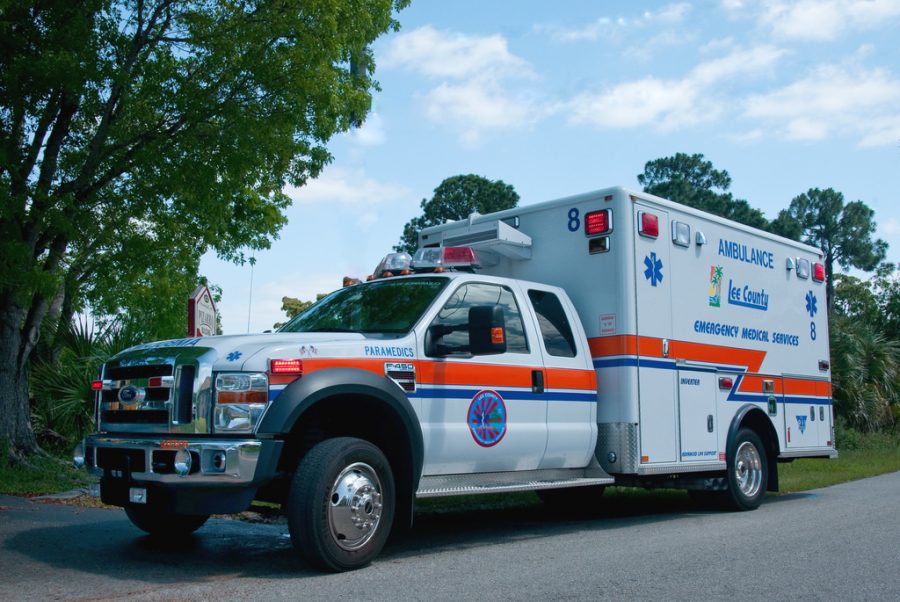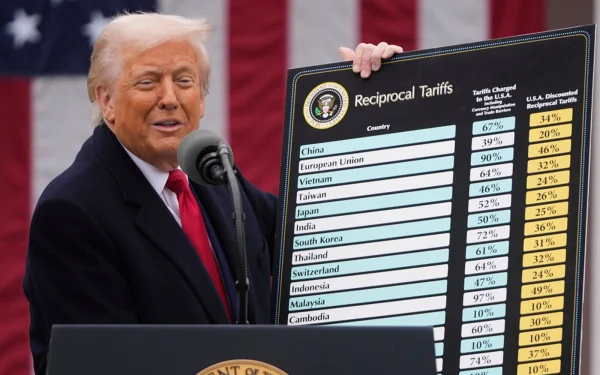Craving a Cure For The Opioid Crisis
Courtesy of Timothy Wilde. Fire Chief Jan Rader mentions that her job has completely changed due to drug overdoses.
The opioid crisis is the worst addiction epidemic in American history. Both prescription and non-prescription drug overdoses are responsible for nearly 64,000 deaths per year, and in the past two years, the life expectancy for Americans has fallen, according to Time Magazine.
The number of Americans that have died from drug overdoses in 2016 are roughly as many as those who were killed in the Vietnam, Iraq, and Afghanistan wars combined. Over 122 people die every day from syringes of heroin, caps of fentanyl, and an excess of oxycodone. Even more have come close to succumbing to overdose, but they are revived by a life-saving antidote called naloxone, which has become nearly as important to a police officer’s job as handcuffs. “Our job has changed completely in the last seven to ten years,” said Jan Rader, the Fire Chief of Huntington, West Virginia, the day after her department responded to three overdose deaths. “We learned how to fight fire and cut people out of cars, but it’s not going to go back to that,” she said to Time Magazine.
Pharmaceutical companies in America commonly market opioids as low-risk solutions for chronic pain, but they have high-risk consequences. The opioid prescriptions are addictive not only because of their pain killing quality but also because of their euphoric effects, which is similar to heroin. Opioids have a sedative effect on the part of the brain which regulates breathing, so high doses of opioids can cause respiratory failure. According to the U.S. Drug Enforcement Administration, “overdose deaths, particularly from prescription drugs and heroin, have reached epidemic levels.” Patients prescribed opioids frequently transition to heroin because the cost is much cheaper and almost half of opioid overdose deaths involve prescription drugs.
Opioid medication also affects the areas of the brain controlling pain and emotions and increases levels of the hormone dopamine, which produces an intense feeling of euphoria. After extended use of opioids, the brain requires higher doses over time to receive the same levels of pain relief and euphoria, which leads to dependence and finally addiction to the drug. Opioid prescriptions given out by doctors increased from 112 million in 1992 to 282 million in 2012, according to market research firm IMS Health.
Opioids like morphine and codeine are derived from opium poppy plants that grow in Asia, Central America, and South America. Heroin is the illegal drug which is synthesized from morphine and is much stronger and addictive than other opioids.
In an interview with Time Magazine, former addict Chad Colwell spoke of how quickly the addictive cycle can begin. “I played football in high school, and my knee and my back got injured,” he said. “I got prescribed painkillers, percocet and oxycontin, and then it just kind of took off from there.” His prescription led to his heroin addiction, and on July 4, he was saved by emergency workers when he overdosed in his truck for the fourth time.
The pain of addiction is most deeply felt in the families of users, whose lives are a combination or fear, hope, shame and despair. Families try to cope with a situation that is very difficult to escape. “I felt embarrassed, like what did I do?” says Justine Gingras-Gagnon, whose daughter Michaela had a long struggle with addiction before she died in September 2017. “Even though she was drug-addicted, she was just so alive. She was funny, she was smart. She was dynamite.”
The famous actor Philip Seymour Hoffman died of an overdose after many years of battling addiction. “When Phil died four years ago, I was so overwhelmed, vulnerable, and cracked open that anger became my protective shield, the only thing between me and collapse,” wrote his wife, Mimi O’Donnell, for Time Magazine.
In response to the opioid crisis, Congress is preparing a package of bills designed to curb the growing addiction to painkillers. More than twenty-four proposals will be considered by congressional subcommittees to make it easier for addicts to receive treatment, push the research on opioid abuse, and to stop shipments of opioids such as heroin and fentanyl into the United States. The House panel hopes to have the bills ready for vote before Memorial Day.
The Senate is also preparing a bundle of bills regarding the same issues. “Our recommendations will be urgent and bipartisan, and they will come quickly,” said Senator Lamar Alexander, chairman of the Senate Health, Education, Labor, and Pensions Committee.
According to The Hill, the Vice Chair for Addiction Medicine at the University of Buffalo, Rick Blondell, says that “the opioid crisis is an epidemic of our own making.” Prescription rates have reached their peak, and hospitals and doctors are more focused on relieving patients’ chronic pains than the consequences of their medications. “It’s going to be twenty years before we dig ourselves out of that hole we made,” Blondell said to The Hill. “Some aspects of the crisis are getting worse.”






